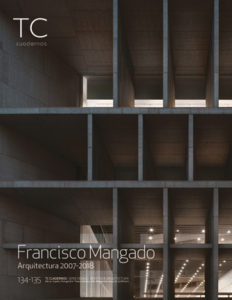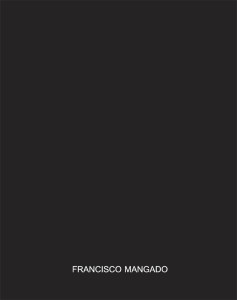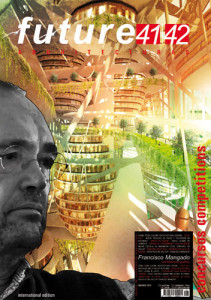Dwellings in Zac Andromède Beauzelle+
2011-2018
Beauzelle-France
10.000 m2
Whenever we design housing, a main concern is to simultaneously upgrade the public spaces that result from the urban scheme. The first decision here is to arrange the construction by creating a large inner garden at the center, and connecting the communal spaces to it, in succession. This interior space is in turn a direct response to the nearby park, Barricou, that accompanies the structural scheme of the metro line.
The fragmented geometry of the apartment blocks, the grouping of units, and the organization of the different dwellings – whether organized collectively or coming individually or as duplexes – are all done with the intention of achieving diagonal views that connect these spaces to the garden areas around.
Wood painted red and aluminum plates are the materials used in all the facades of the various blocks.
Typological variety is another objective of the project, so corner arrangements are capitalized on. Corners provide opportunities to develop diverse types, as do the tops of buildings, where special home units can be built, with terraces taking over roofs while creating compositions and profiles that deviate from the monotonous.
Beauzelle, Francia


